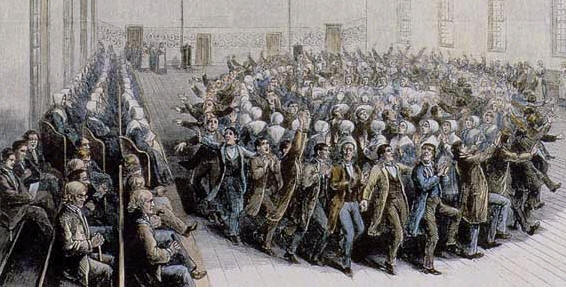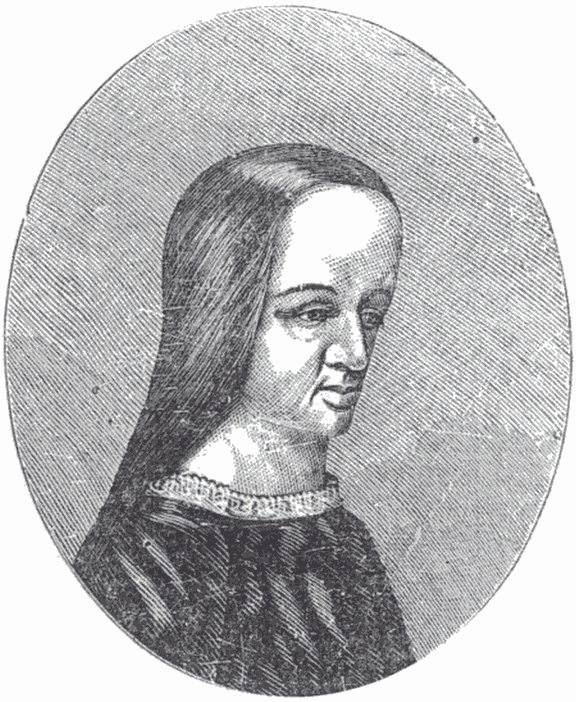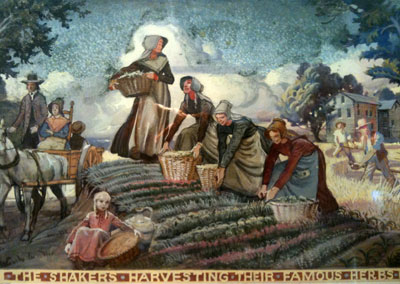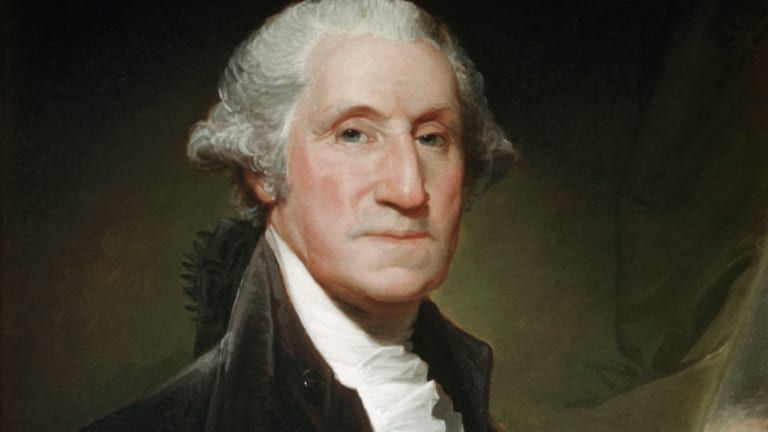They were first formed as the United Society of Believers in Christ’s Second Appearance. However, because of their unique way of dancing to show worship, along with their actions when they prayed, they simply became known over time as “The Shakers.”
They were also known for singing in tongues, whirling, and shouting during services.
The group was founded in 1770 by Ann Lee in England. However, they migrated to the U.S. once Lee had a vision from God that pointed her across the Atlantic.
They re-established themselves in New York in 1774. Then, once the Americans gained independence in 1776, they officially began their new group. It blossomed into a growing success and over time became the longest-lived American Utopian experiment.
The Shakers are recognized for their unique fashion and strange music. They were part of a faction called “The Shaking Quakers,” but created their own separate faction and name once they moved to America.

What Did the Shakers Believe?
As their main name obviously suggests, they believed that Christ was coming again and would re-appear. They believed that God could appear in both male and female form, a major reason for their belief in equal sexes.
In fact, they felt that Jesus was God re-appearing in male form and Ann Lee was God in the female form. One of their driving messages comes from Genesis 1:27, which says, “So God created him; male and female he created them.”
They believed in four basic tenets: communal living, celibacy, regular confession of sins, and separation from the outside world. By following these principles, one could achieve perfection.
They also were pacifist, meaning they would not submit themselves in any form of fighting and were against wars. This was especially true when they first migrated to the U.S. and the Revolutionary War was being fought for American independence.
The Shakers were all about simple living. They were known for their love of architecture, music, furniture, pottery, and technological innovations. In a time when men were clearly superior to women and the white race was supreme, the Shakers believed more in the fact that everyone was equal, especially regarding gender.
They also believed in spiritual and physical equality.
Their Impact on Society
One of the big reasons for the Shakers formation was the Protestant Reformation, which opened up new Christian sects outside of the Christian church. The Quakers were really one of the first major religious sects to form after the Reformation.
The Quakers, though, changed their worship in the 1740s in England, and soon became known as the “Shaking Quakers.” This group was formed by Jane and James Wardley, and combined practices of the Quakers, French Camisard, and various millennial beliefs and practices.
Another influence of the “Shaking Quakers was Ann Lee, known today as “Mother Ann,” who had her own ideas and visions. She would eventually form a new group and moved it to the U.S., becoming a separate organization. They set up their headquarters in Watervliet, N.Y.

The Shakers would sometimes come in contact with outsiders. One of those outsiders was Nathaniel Hawthorne, who would come and observe their religious practices, then spread their word.
The Shakers would celebrate at specific meeting houses on Sundays. There, they would perform their rituals, which included spontaneous dancing and shaking.
Over time, this dancing became more choreographed. They also sang hymns, read testimonials, had a short homily, and practiced silence.
One of the main scriptures that was read in their services was the one that Mother Ann always preached in Revelations 20:1-6. It read, “Blessed and holy are those who share in the first resurrection. The second death has no power over them, but they will be priests of God and of Christ and will reign with him for a thousand years.”
The Shakers grew rapidly in the late 1700s and early 1800s. As more people migrated to the Northeast and religion picked up steam, the Shakers successfully recruited new members. Within 10 years of establishing themselves in the U.S., they already had a couple thousand members and were still growing.
Known for their culture and craftsmanship, they were appealing to people looking for direction.
In the mid-1800s, there were roughly 4,000 Shakers in the U.S., spread out and living in 18 different communities. Many lived in the Northeast and Midwest, particularly Ohio, Kentucky, and Pennsylvania. However, society began to change in the late 1800s after the Civil War.

The Decline of the Shakers
The Spiritualist Movement was a huge factor in the Shakers’ decline. Also, there was the idea that you had to practice celibacy to embrace the Shaker way of life.
In an era where sex was growing, this was a tough concept for many to absorb. Additionally, different religious cults and factions were invented, and many of the Shakers spread out to different communities.
Things continued to thin out in the 1900s during the Industrial Revolution. As members died, fewer members joined.
By 1920, only 12 Shaker communities existed, most of which were in the Northeast, and even they were holding on to very little life. Today, just one Shaker community exists in a town called Lake Sabbathday Shaker Village, Maine.
As religion continues to go in different directions and more cults are formed, it’s very unlikely that the Shakers will make a return. In fact, the last community in Maine may eventually give way and fall apart.
References
Paul, Catherine. “Shakers–A Utopian Community Founded in 1776.” VCU.edu. Nd. https://socialwelfare.library.vcu.edu/religious/the-shakers-a-utopian-community-founded-in-u-s-1776/.
Rudy, Lisa Jo. “The Shakers: Origins, Influence, Beliefs.” LearnReligions.com. 30 Jul 2019. https://www.learnreligions.com/the-shakers-4693219.
“History of the Shakers.” NPS.gov. Nd. https://www.nps.gov/articles/history-of-the-shakers.htm.

